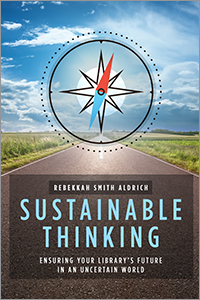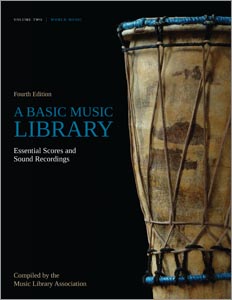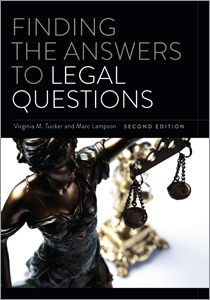
Hurtado, Annmarie. 36 Workshops to Get Kids Writing from Aliens to Zebras. ALA Editions, 2018. ISBN: 978-0-8389-1648-3
Description:
Creative writing encourages imaginations to take flight, and when adults use the right approach, building literacy skills becomes a form of play that gets kids excited to create their own stories. Packed with ready-to-use lesson plans designed for kindergarten- and early elementary-aged children, this book will help librarians add creative writing activities to more traditional storytime initiatives and school librarians enrich English Language Arts lessons. Hurtado’s resource provides an entire year’s worth of weekly lesson plans, adaptable as needed, that include instructions, handouts, and everything needed to plan and prepare: recommended read-alouds for each lesson plan; ideas and activities scaffolded for different ability levels; tips for using humor and silliness to grab kids’ attention and keep them engaged; information on how creative writing dovetails with Common Core standards, emphasizing skills and critical thinking over rote learning; and additional quality read-aloud picture books that can be used as inspiration to create new lessons.
This book will serve as a handy lesson/program planning tool for any children’s or school librarian interested in exploring new ideas to teach creative writing and higher literacy.
Table of Contents:
Chapter One Writing in the Library: A Radical Idea
Chapter Two All You Need Is a Good TERRIBLE Idea
Lesson 1 A Panda Parade Is a Terrible Idea
Lesson 2 If You Ever Want to Bring a Shark to the Park, DON’T
Lesson 3 Revising and Illustrating: Smartphones Are Definitely Not for Animals
Lesson 4 Don’t Let the Alien Play in the Toilet!
Lesson 5 Teach Your Zebra to Ride a Bike
Chapter Three Fractured Fairy Tales
Lesson 6 The Very Old Bad Wolf
Lesson 7 Fairy-Tale Characters on Vacation
Lesson 8 Double Trouble
Lesson 9 Trickster Tales
Lesson 10 Small Actors Folktale Theater
Chapter Four: Animal Muses
Lesson 11 If I Had a Dinosaur
Lesson 12 How to Throw a Unicorn Party
Lesson 13 My Puppy Brother
Lesson 14 Take Your Poem for a Walk
Lesson 15 Don’t Sweat the Snow Stuff: Self-Help for Stressed Penguins
Lesson 16 Public Service Announcement: Beware the Giant Humans
Lesson 17 Diary of a T. Rex
Chapter Five The Plot Thickens
Lesson 18 Chickens Can’t Sing
Lesson 19 Pirate Puppy
Lesson 20 Maybe It’ll Work This Time
Lesson 21 Every Hero Needs a Villain
Lesson 22 Meanwhile
Chapter Six Playing with Words
Lesson 23 Go on a Word Hunt
Lesson 24 Insect Linguistics
Lesson 25 How to Make a Bear Burrito
Lesson 26 Riddle Me This
Lesson 27 Silly Split-Panels
Lesson 28 Scrambled Animals
Lesson 29 Bring a New Animal to Dr. Seuss’s Zoo
Chapter Seven Advertising and Other Forms
Lesson 30 Grand Opening for a Literary Diner
Lesson 31 Write a Circus Poster for the Most Horrible Monster on Earth
Lesson 32 Make a Menu for an Ice Cream Truck Shop
Lesson 33 Make a Campaign Video for President Squid
Lesson 34 Propaganda: The Truth about Flowers
Lesson 35 What Will You Do with Your Idea?
Lesson 36 Make Your Own Jar of Happiness
Chapter Eight Books to Feed the Young Author’s Spirit
Appendix A
Appendix B
Bibliography
Index
















